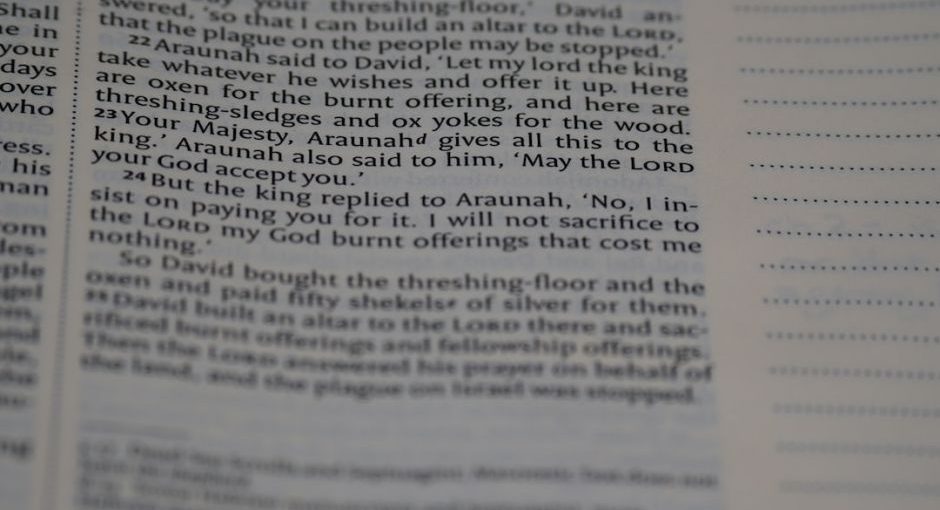How to File a Lien in Washington State
When an individual or business in Washington State has not received payment for services rendered or goods delivered, they may have a legal right to file a lien on the property of the person or business who owes them money. This process is known as a lien filing. A lien can be filed against a property in order to secure payment for any unpaid debt or judgment that is owed to the lienholder.
When a lien is filed, it becomes a public record and is required to be registered with the Washington State Department of Revenue. Liens also become part of the public record and can be seen by lenders, potential buyers and other interested parties.
In Washington State, there are two types of liens that can be filed: a mechanic’s lien and a judgment lien. A mechanic’s lien is used to secure payment for services rendered and goods delivered to a property, such as construction, repairs, or improvements. A judgment lien is used to secure payment on a civil court judgment.
This article will explain the process of filing a lien in Washington State.
Determine Eligibility
The first step in the lien filing process is to determine if you are eligible to file a lien. In order to file a lien in Washington State, you must have provided services or goods to the property in question and have not been paid for them. You must also have a court judgment or a contractual agreement with the owner of the property.
If you do not meet these requirements, you cannot file a lien in Washington State.
Gather Required Documents
Once you have determined that you are eligible to file a lien, the next step is to gather the required documents. Depending on the type of lien being filed, you may need to provide different documents.
For a mechanic’s lien, you will need to provide a written statement from the lienholder that outlines the services or goods provided to the property, the amount of money owed, and the date the lien was filed. You will also need to provide a copy of the contract or agreement between the lienholder and the property owner.
For a judgment lien, you will need to provide a copy of the court judgment that is being enforced by the lien.
File the Lien
Once you have gathered all the required documents, the next step is to file the lien with the Washington State Department of Revenue. The lien must be filed with the Department of Revenue within ninety (90) days of the date the services or goods were provided to the property.
The lien filing must include the following information:
• The name and address of the lienholder
• The name and address of the property owner
• The legal description of the property
• The date the services or goods were provided
• The amount of money owed
• A copy of the contract or agreement, if applicable
• A copy of the court judgment, if applicable
Once the lien has been filed, it will become a public record and can be seen by lenders, potential buyers and other interested parties.
Notify the Property Owner
Once the lien has been filed, it is important to notify the property owner of the lien. You must send a copy of the lien filing to the property owner and also provide them with a Notice of Lien filing. The Notice must provide the property owner with the information needed to contact the lienholder and negotiate the terms of the lien.
Once the property owner has been notified of the lien, they must respond within twenty (20) days.
Release the Lien
Once the debt or judgment has been paid, the lienholder must release the lien. The lienholder must file a Release of Lien with the Department of Revenue and provide a copy to the property owner. Once the lien has been released, it will no longer be a public record and will no longer appear on the property owner’s credit report.
Conclusion
Filing a lien in Washington State is a legal process that can be used to secure payment for unpaid debt or judgment that is owed to the lienholder. In order to file a lien, the lienholder must meet certain requirements and provide the necessary documents to the Washington State Department of Revenue. Once the lien has been filed, the property owner must be notified and, once the debt or judgment has been paid, the lienholder must file a Release of Lien with the Department of Revenue. Following these steps will ensure that the lien filing process is properly followed.




